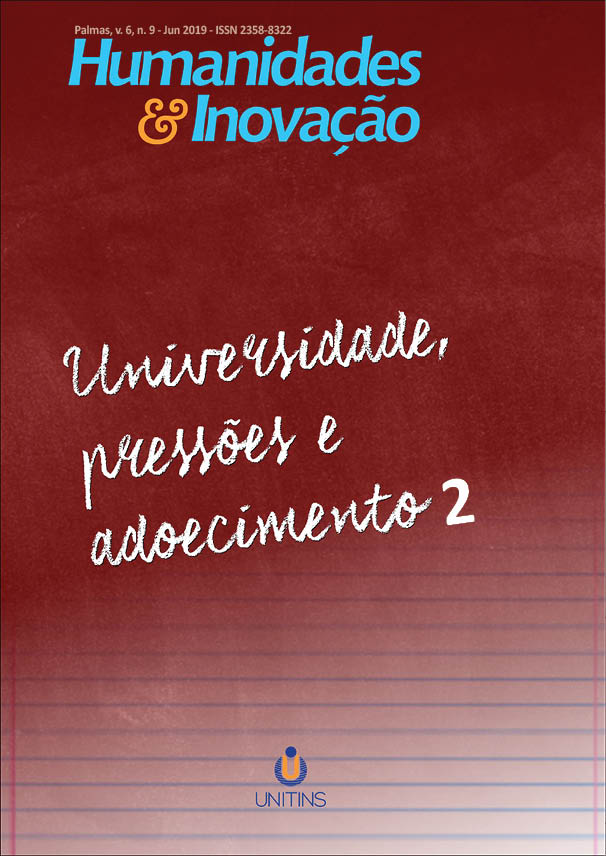THE TREE OF LIFE IN RELIGIOUS AND MYSTICAL LITERATURE OF ISLAM
Résumé
The tree of life is one of the few common symbols of mythological and religious beliefs in the world, whose signs can be observed in the ancient Mesopotamian thought and other ancient civilizations around the world. Later, under the title of Sephirot, it has been reflected as the most pivotal discussion in the mystical literature of the Jews. In this study, the archetype of the tree of life in the mystical literature of Islam has been investigated with the Quranic terms, such as Tuba tree, Sidrat al-Muntaha (Sidra tree), Shajarat al-Mubaraka al-Zaytun (the blessed olive tree), and also with the title of Shajarat al-Kawn (tree of existence) in Sufi texts from the cosmic perspective and titles like seven facetiae in the human dimension.
Références
Eliade, M. (1995). Myth, dream, mystery of experience. Translated by R. Monajjem. Tehran: Tahouri Publications.
Eliade, M. (2011). Myth of the eternal return. Translated by B. Serkati. Tehran: Tahouri Publications.
Esmailpour, A. (2016). Myth of symbolic expression. Tehran: Soroush Publications, Fifth Edition.
Henry Hooke, S. (2012). Middle Eastern mythology. Translated by A. A. Bahrami and F. Mazdapour. Publications of Intellectuals and Women’s Studies.
Kermani, M. K. Kh. (n.d.) An introduction to medicinal facts. Source: http://m-kermani.ir.
Qazvini, Z. (1996). The wonders of creatures and beings. Markaz Publishing.
Razi, H. & Khosravani, H. (2000). The comparative course of philosophy and wisdom and mysticism in ancient Iran. Tehran: Behjat Publications.
Razi, H. (2002). Mehr ritual; history of the mysterious Mithraic ritual in the east and west from the beginning to the present time. Tehran: Behjat Publications.
Safizadeh, F. (2013). Kabala Aryan mysticism. Iran Jam Publications.
Sattari, (2013). Tehran: Tous Publications.
Sattari, (2016). Tehran: Soroush (Broadcasting Publications), Fifth Edition.
Zomorrodi, H. (1966). Comparative critique of religions and mythologies in Shahnameh Ferdowsi. Moscow printing.
A submissão de originais para este periódico implica na transferência, pelos autores, dos direitos de publicação impressa e digital. Os direitos autorais para os artigos publicados são do autor, com direitos do periódico sobre a primeira publicação. Os autores somente poderão utilizar os mesmos resultados em outras publicações indicando claramente este periódico como o meio da publicação original. Em virtude de sermos um periódico de acesso aberto, permite-se o uso gratuito dos artigos em aplicações educacionais, científicas, não comerciais, desde que citada a fonte (por favor, veja a Licença Creative Commons no rodapé desta página).











